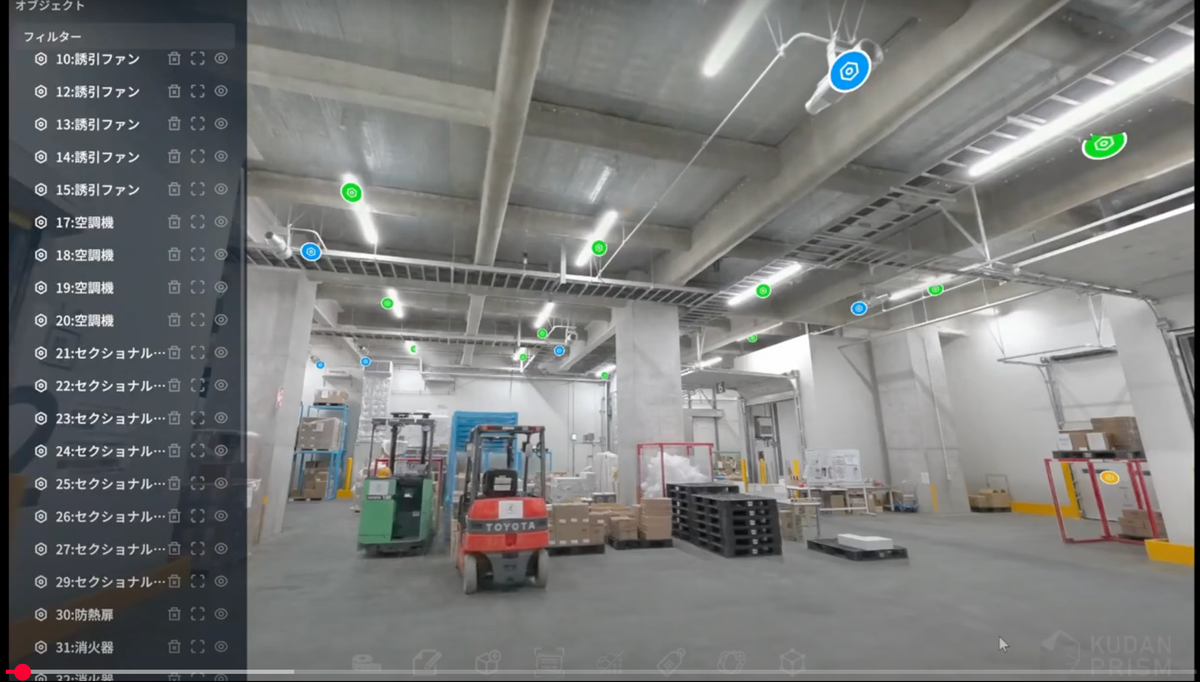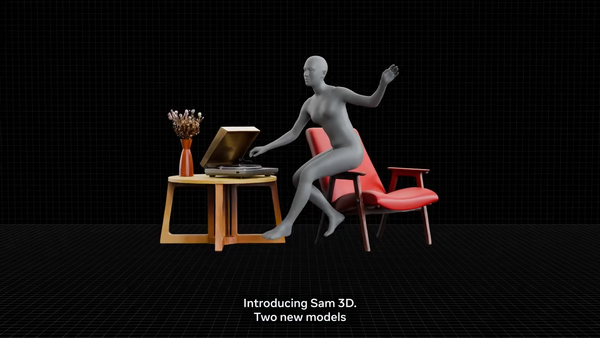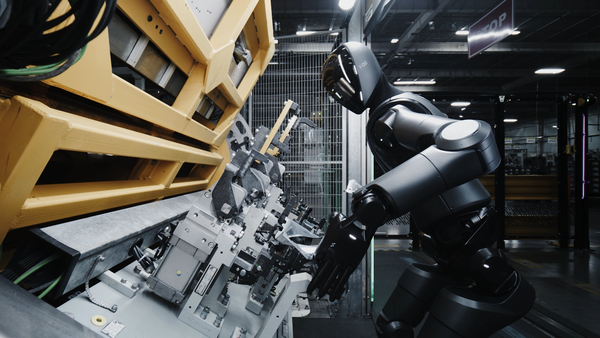Kudan Launches PRISM Platform for Photo-Realistic Digital Twin Management

- Kudan has introduced PRISM, a new spatial management system that advances its earlier Digital Asset Management Solution (DAMS) with faster, lighter, and more detailed 3D modeling.
- The platform enables AI-powered analysis, centralized asset data, and scalable deployment across devices and locations.
Kudan has launched PRISM (Photo-Realistic Integrated Spatial Management), a new platform for creating and managing digital twins. It replaces the company’s earlier digital asset management solution and introduces major upgrades in speed, usability, and visual quality. PRISM is designed to help organizations manage complex spaces, like factories, tunnels, or entire city districts, by turning them into interactive 3D environments.
One of the key improvements is how it builds models. PRISM uses a method called 3D Gaussian Splatting to produce detailed visuals that still run smoothly on standard laptops or tablets. It works with different types of data capture, including drones, handheld devices, and robots, with no fixed scanning points required. Once a space is captured, users can explore it in 3D and interact with tagged assets, photos, documents, and notes. Everything is searchable across devices and integrates with tools like BIM and CAFM.
Kudan expects PRISM to be used in facility management, infrastructure inspection, urban planning, and robotics development. The platform enables users to remotely monitor structural changes, simulate disaster impacts, and test robot navigation in realistic virtual environments. They provide an example of a large-scale infrastructure inspection where drones can scan wide areas, while the system automatically detects cracks, rust, or peeling paint, then compares current data with previous scans to track progress.
Kudan reports that PRISM has reduced on-site inspection time by up to 80% and maintenance workload by 30–50% in actual deployments. It has also shortened robotics development cycles by as much as half. Additional benefits include fewer business trips, improved equipment uptime, and better risk visibility, all contributing to stronger ESG performance through efficiency, safety, and sustainability.
Source: YouTube / Kudan
🌀 Tom’s Take:
PRISM marks a clear shift for Kudan, from simply capturing and storing spatial data, to actively managing it as full digital twins. With semantic tagging, automated analysis, and system integration, they’re moving toward end-to-end spatial intelligence workflows that run on everyday hardware.
Source: Kudan






